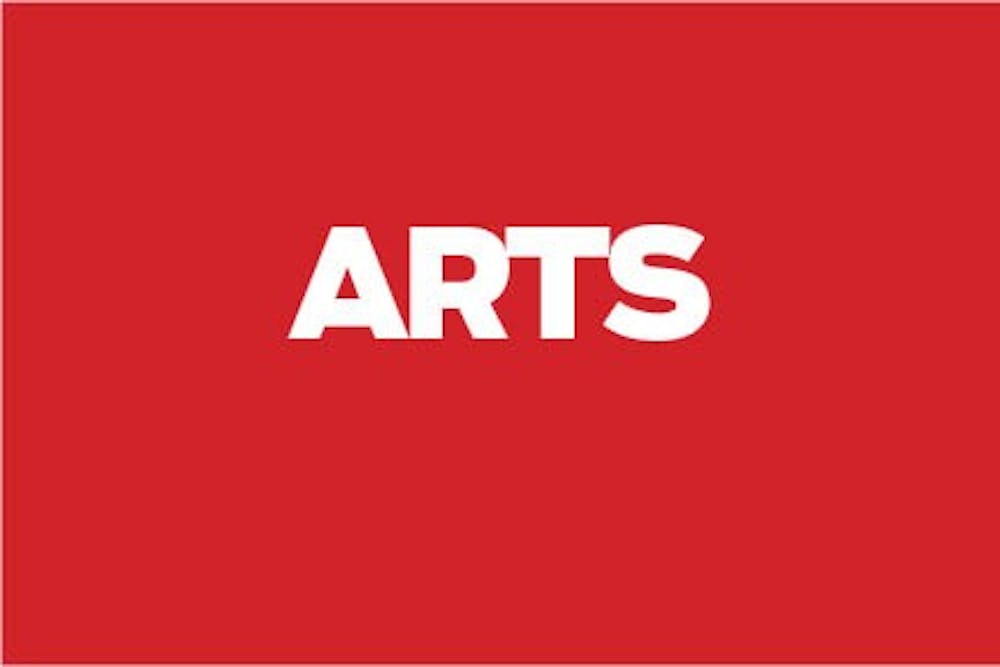One by one, each student gave an introduction, starting with their name and ending with their preferred pronoun. In doing so, Lloyd Graham, assistant director of diversity initiatives for RPS, said he hoped to create a safe space for students to discuss beauty free from the constraints of a gender-binary system.
The discussion Wednesday night was organized by the Community Education Program in partnership with Allison Vandenberg, visiting assistant professor of gender studies. It was meant to encourage individuals to question the effect that gender binarism may have on cultural and personal perception of beauty.
Graham started the conversation by presenting rules for discussion on the board, one of which stated, “We will do our best to not blame people for the misinformation we have learned, but we will hold each other responsible for repeating misinformation or offensive behavior after we have learned otherwise.”
This ground rule, Graham said, was meant to facilitate free discussion without fear of judgment.
“We want this to be a place of learning,” Graham said. “But we also strive to create a safe atmosphere for open dialogue.”
This open dialogue began as Graham placed images on the board, each one focused purposefully on a person of ambiguous gender. Graham then asked students, “Is this beautiful?” before allowing them to walk to signs labelled “strongly disagree,” “disagree,” “agree” and “strongly agree.” Attendees then discussed the reasons why or why not they saw the portraits as beautiful.
Vandenberg said choosing subjects without clear genders allowed students to see beauty beyond the rigidity of cultural gender constraints.
“My work focuses on pressing on the borders of gender and beauty,” she said. “I am happy that we can go beyond talking about just man and woman or strict masculinity and femininity in beauty.”
Graham said this view of beauty beyond boundaries allows people a freedom that is often restricted by gender roles in society.
“I think it also takes away the limitations we place on ourselves and society places on us in the gender we are assigned,” he said. “We are free to be beautiful and see beauty in our own way, rather than the way our gender or society tells us to.”
These limitations, Graham said, were present even in his own perceptions of beauty, and the discussion allowed him to perceive a less restrictive definition of beauty.
“Beauty is, on a basic level, whatever it is that warms your heart,” Graham said. “I think before this, I don’t know how I would have defined beauty, but it would have been much more restrictive. So I think I learned through this is that you should not limit your own perception or others’ perceptions of beauty.”
Graham said accepting this new generalized definition of beauty may involve unlearning what society and even your upbringing may have taught you.
“Oftentimes we need to unlearn these restrictions in gender and its relationship with beauty that society has taught us,” Graham said. “We have to continue to make strides and move further and further while challenging ourselves to question our own misconceptions about gender and beauty. Only then will we be able to pass this understanding on to our children and stop that vicious cycle of misconceptions.”






